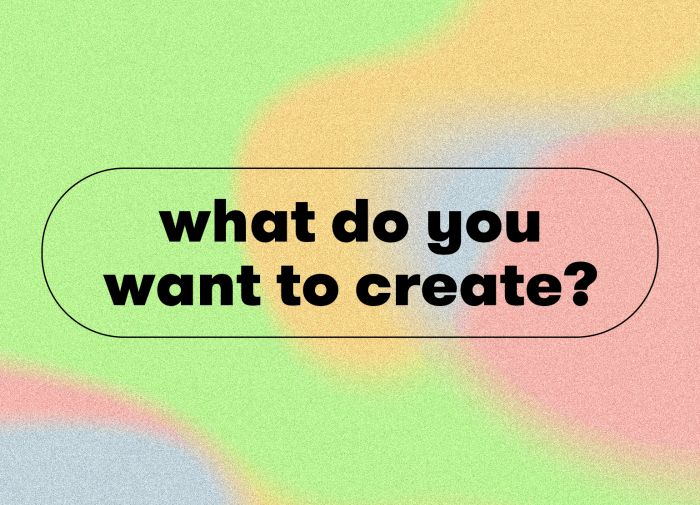Steve Lacy, one of 2022’s fastest-rising pop stars, has a lot of gleaming Stratocasters and analog synthesizers in his studio. But he didn’t rely on these when he first rose to prominence from behind the scenes, producing hits for Kendrick Lamar and J. Cole. No, those came with the help of something that might be sitting pre-installed on your Mac or iPhone: GarageBand.
Whether you want to bolster your toolkit as a designer, videographer, marketer, or just need to sort out your workflow, free software and tools are everywhere today. But that doesn’t mean it’s always easy to discern which ones are truly worthwhile or when it makes sense to splurge for the premium package.
Ceros’ Guide to the Creative Stack compiled a list of all the best free tools across disciplines—and also cataloged some of their limitations. Here’s how to determine if the free tools in your creative stack are the real deal, or if they’re just free until you’re hooked.
Do the add-ons keep adding up?
Let’s start with the basics. One of the reasons you’re likely to pick up a new digital tool is that it makes your life easier and, of course, cuts down on costs. Yet if you’re constantly paying for upgrades or buying extra storage capacity, are things really that much simpler or cheaper?
Say you need to get a jumpstart on creating basic animations for a client’s rebrand. A Google search might bring you to the free versions of programs like Animaker or Jitter. These are great options to help create motion logos, gifs, and more in a pinch, featuring built-in templates that let you hit the ground running.
But if you dream of putting your motion design in the public eye or aim to work at scale, it’s worth examining what a free version actually gets you. Don’t like that watermark when you export on Animaker? Better upgrade. Need to upload files larger than 2GB or patch together a video longer than a couple of minutes? That’ll cost you, too.
As obvious as it may seem, it pays off to take stock of your goals early on. In the end, you might save a serious headache (not to mention precious time) by footing the bill for a premium plan from the start.
Are you stuck in a no-collaboration zone?
Being a team player makes everything easier, but when it comes to choosing a free creative tool, adding users is often a primary limitation.
Take Notion, for instance. The powerful whiteboarding and project management tool is winning over users worldwide due to its simple interface and easy integrations with Slack and Google Drive. For freelancers, signing up for the free version—dubbed “Personal”—is a surefire way to boost your organization and deliver on goals.
But with growth comes complications, and the low price of $0 might not cut it. In Notion’s case, the free version only lets you work with 5 guests, and adding unlimited team members will require a bump up to ‘Team’ ($8/month). It’s a similar story for the design platform Canva, whose base plan is limited to one user. For collaboration capabilities like activity logging and to add up to 5 users on an account, you’ll need “Canva for Teams” ($150/year).
Asynchronous work is more valuable than ever, and software companies know it. That doesn’t mean your dreams of a seamless and cost-effective team are over, though. For project management, at least, Notion competitors like Whimsical and Invision FreeHand each allow 10+ active users.
Is your tech up to the task?
From Mac devotees to PC purists and the mobile-first generation, everyone’s tech setup of choice is a little different. And for better or worse, the free tools you seek might not always be a perfect fit.
Apple users rejoice: some of the most comprehensive free tools in video editing and audio production, including iMovie and GarageBand, are just a click away. Meanwhile, the crowd-favorite photo editor VSCO is only available via its app with iOS 14 or Android 9-enabled devices.
If you’re not ready to make a hardware switch or don’t like constantly toggling between interfaces, consider browser-friendly alternatives like Pixlr for photos or frame.io for video. Strength in sheer number of tools might sound appealing, but easy access and a streamlined workflow are what really count.
Creative tools are big business (just ask Figma’s founders, now $20 billion richer). Luckily, you don’t need to break the bank to curate a roster of software that takes your projects to the next level. With a little due diligence and experimentation, you can realize the full potential of a free creative stack. Get started with our guide.

